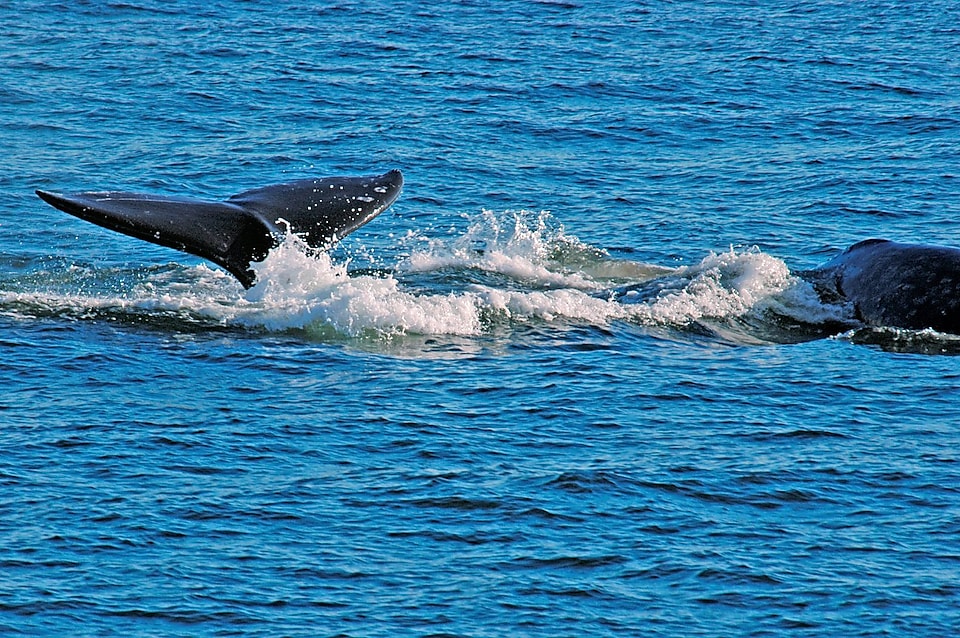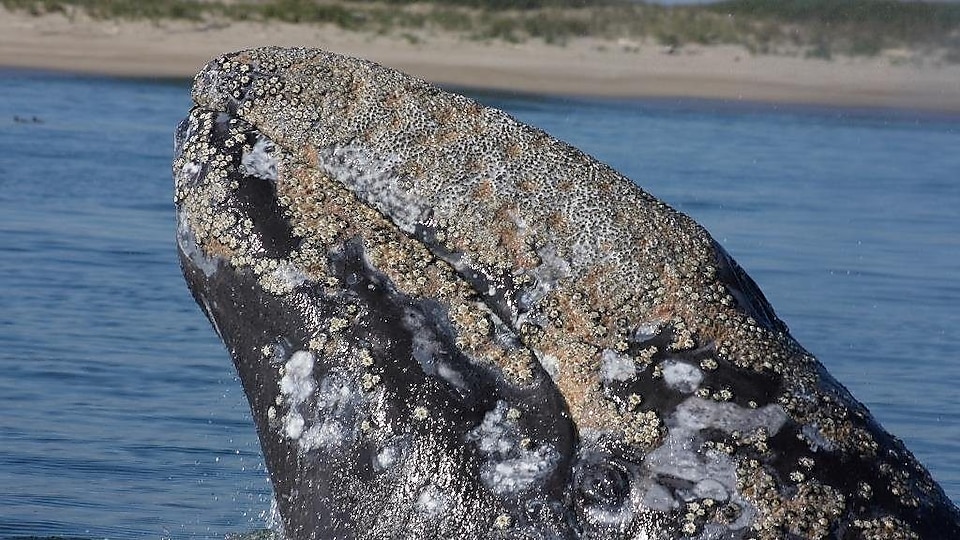Protecting biodiversity

Shell and the International Union for Conservation of Nature (IUCN) have worked together since 2004 to protect biodiversity near Sakhalin Energy’s operations in Russia. (Shell is a shareholder in Sakhalin Energy.)
The Western Gray Whale Advisory Panel (WGWAP) is a panel of 13 scientists convened by IUCN at the request of Sakhalin Energy, that advises on the best ways to protect whales from harm during oil and gas operations.
Based on the recommendation from the WGWAP, in 2005, Sakhalin Energy rerouted a planned pipeline to avoid construction close to a whale feeding area.
Scientists use photo-identification to recognise natural markings on the whales’ bodies, and painless biopsies to tell their sex.
The western gray whale population at Sakhalin Island is increasing at around 4% a year.
In 2011, a female whale called Varvara was tagged with a satellite tracker. Varvara travelled 22,551 kilometres around the north perimeter of the Pacific Ocean and down the US West Coast to Mexico, and back again to Sakhalin, the longest recorded mammal migration in the world.






